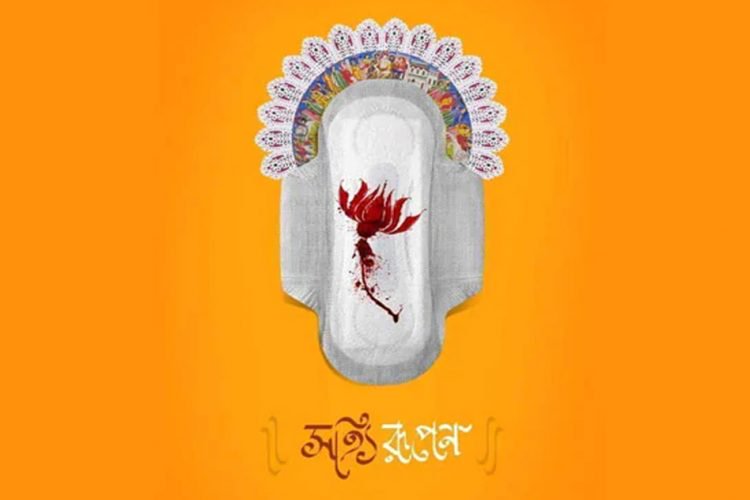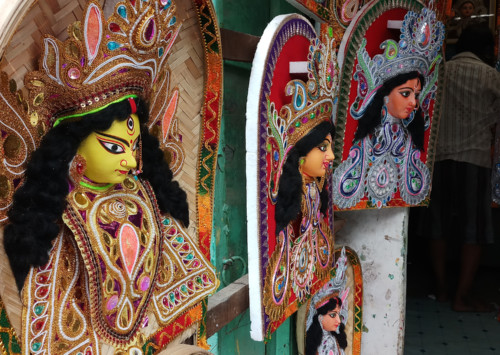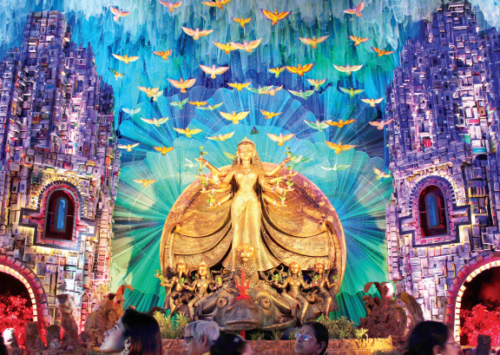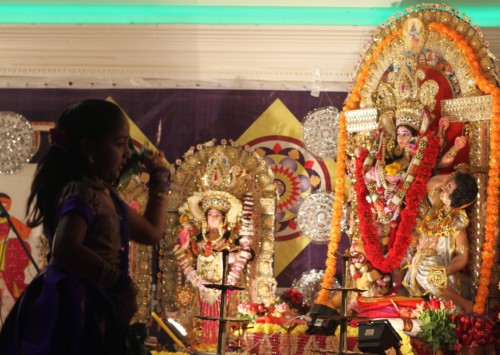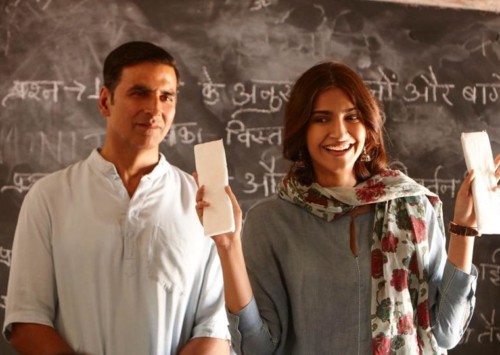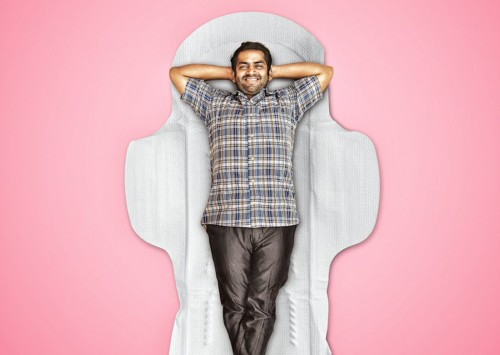While Durga Puja celebrates womanhood, will all women get to be a part of it?
The festival of Durga Puja marks Goddess Durga’s homecoming and for long, has been a symbol of female strength and power. But ironically, a lot of women are barred from taking part in the festivities when they are menstruating.
Durga Puja is just around the corner and preparations are in full swing. A Mumbai-based artist Aniket Mitra also decided to participate in the festival in his own unique way. He created an artwork of goddess Durga on a sanitary pad having a bloodied lotus on it. Around it, is a chalchitra (a decorative piece that adorns Goddess Durga in the background). According to the artist, his intention with the painting is to draw attention to the fact that menstruating women are often forbidden from participating in the festivities surrounding Durga Puja. He said he was deeply influenced after seeing his wife and sisters excluded from the holiday during their menstruation.
However, soon after Aniket shared the poster on social media, he faced a backlash. While some called him “anti-Hindu” and “anti-national”, others accused him of insensitivity towards the Indian religion and demanded his arrest. Even in the twenty-first century, myths and taboos around menstrual cycles have a hard skin in India, and the problem has been portrayed through Bollywood and various comic initiatives. However still, many in the country consider women to be ‘impure’ while they’re menstruating and thus are kept away from religious ceremonies.
A social taboo
In rural areas, women are often reduced to being an untouchable when they are on their periods – they are given a separate room to stay, dirty cloths to use, and barred from entry into the kitchen and places of worship.
The conversation around Mitra’s artwork comes at a time when many activists are urging Indians to combat stigmas surrounding menstruation (the topic is notably brought by Bollywood with Padman and Phullu and the #PadManChallenge) . Recently, the Supreme Court of India delivered a landmark verdict annulling an ancient law that banned women aged 13 to 50 from entering Kerala’s renowned Sabarimala Temple, since they fall in the menstruating age group. The verdict came after a lot of hue and cry across the nation, demanding equal rights to pray for all women, at every place of worship.
While many Bengalis criticised the artist’s painting, others have come out in support of his work.
Binita, a 23-year old resident of Kolkata says- “In India, menstruation is still a taboo. I grew up in a family where it was normal for women to move around the house and do normal activities during periods. But, there are still a lot of women who are not allowed to enter their own kitchen or use their beds during “that time” of the month. It’s high time, that we, as a society accept the fact that it is just a biological process and it’s the most natural thing that can happen to a woman. Preventing women from entering temples, or puja pandals or any such place is an age old custom that really needs to change. There’s nothing wrong with the painting depicted by Aniket. He is one of the few men who actually sees women indirrently and one should see the meaning behind his artwork, rather than getting fixated on trivial matters”.

